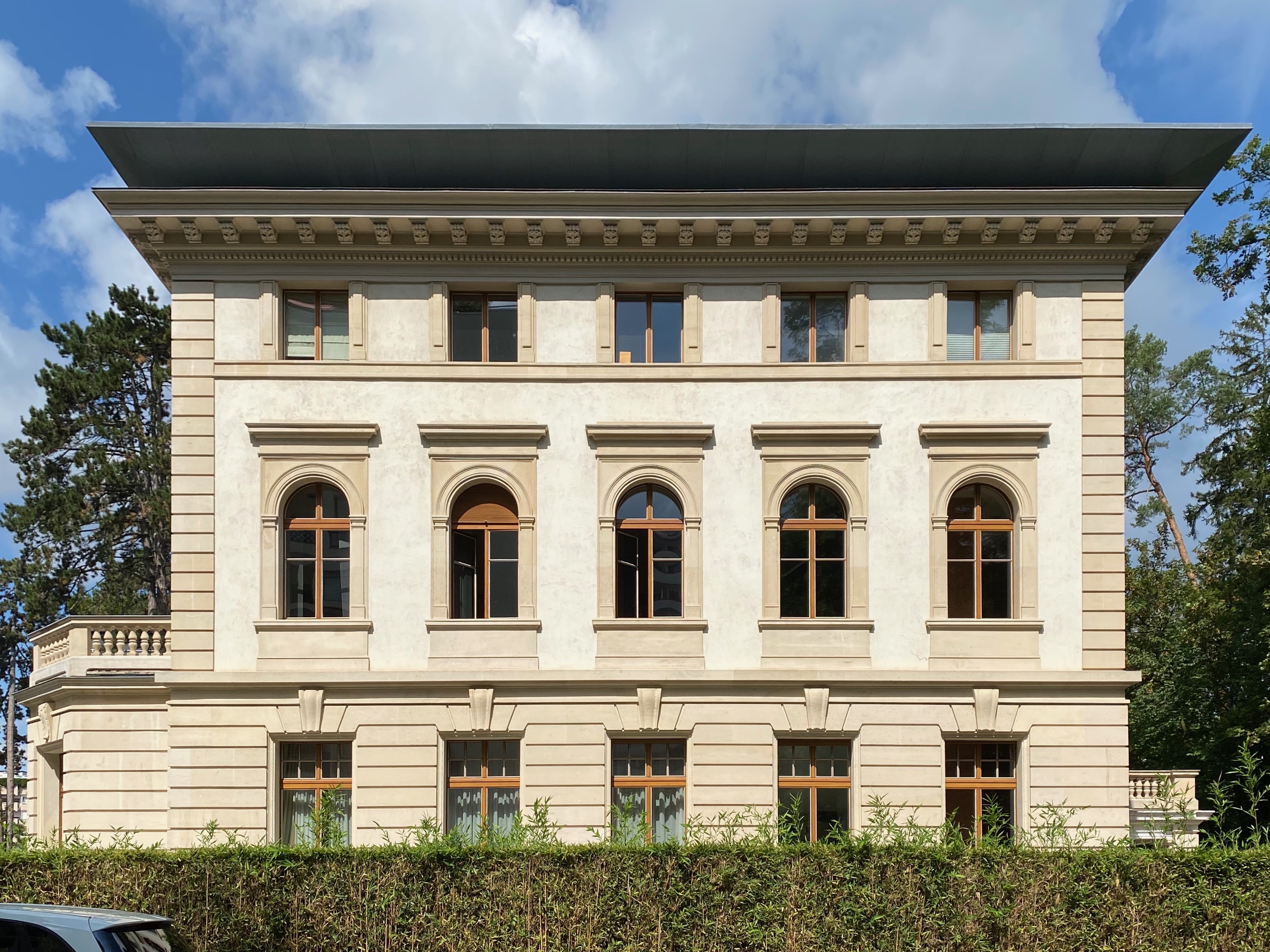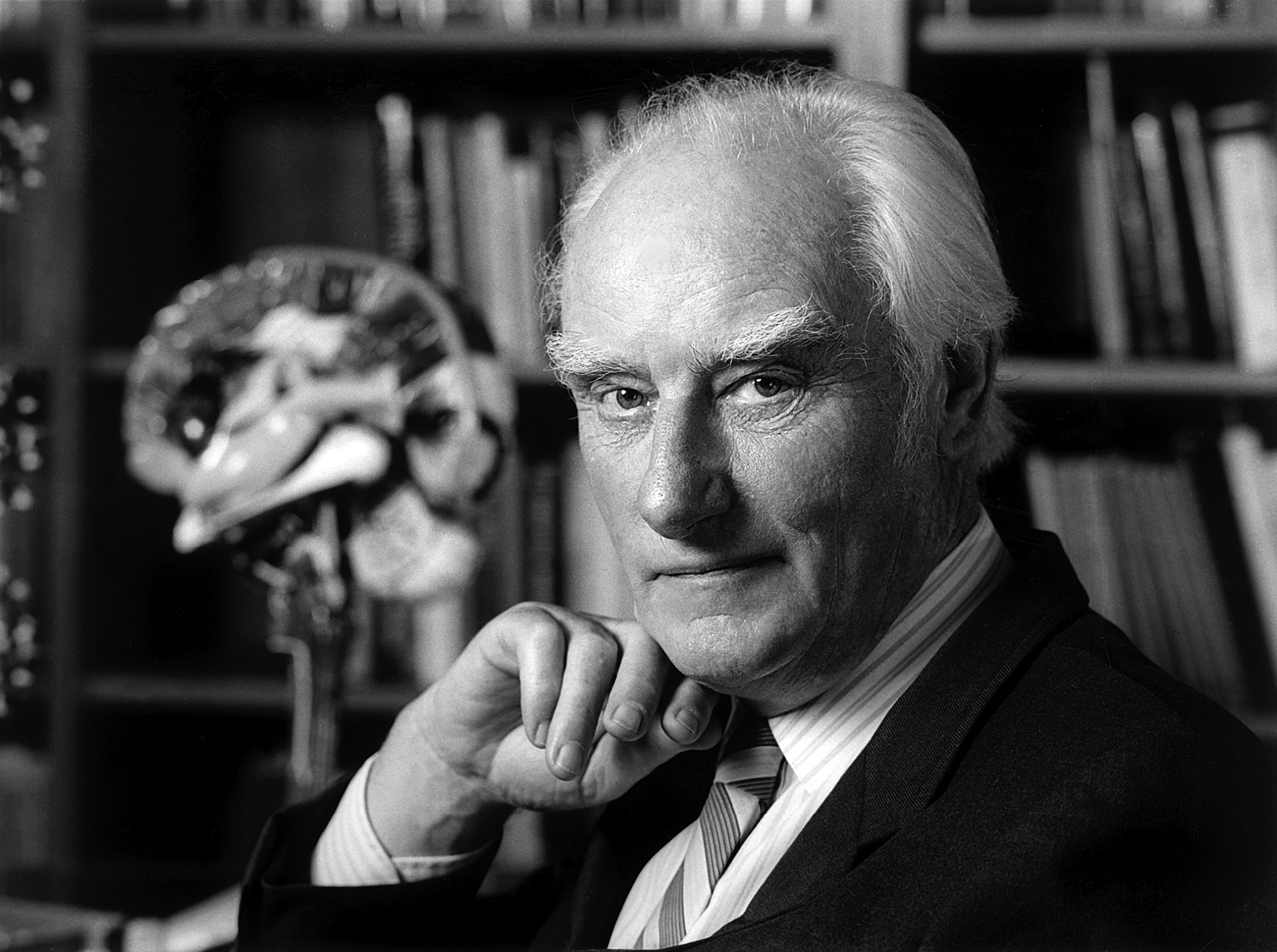|
Robin Lovell-Badge
Robin Howard Lovell-Badge, CBE, FRS FMedSci is a British scientist most famous for his discovery, along with Peter Goodfellow, of the SRY gene on the Y-chromosome that is the determinant of sex in mammals. They shared the 1995 Louis-Jeantet Prize for Medicine for their discovery. He was awarded the 2022 Genetics Society Medal. He is currently a Senior Group Leader and Head of the Laboratory of Stem Cell Biology and Developmental Genetics at the Francis Crick Institute The Francis Crick Institute (formerly the UK Centre for Medical Research and Innovation) is a biomedical research centre in London, which was established in 2010 and opened in 2016. The institute is a partnership between Cancer Research UK, Impe ... in Central London. One or more of the preceding sentences incorporates text from the royalsociety.org website where: References Living people 20th-century British biologists 21st-century British biologists Commanders of the Order of the British Empire ... [...More Info...] [...Related Items...] OR: [Wikipedia] [Google] [Baidu] |
Louis-Jeantet Prize For Medicine
Established in 1986, the Louis-Jeantet Prizes are funded by the ''Fondation Louis-Jeantet'' and awarded each year to experienced researchers who have distinguished themselves in the field of biomedical research in one of the member states of the Council of Europe. They are not intended solely as the recognition of work that has been completed, but also to encourage the continuation of innovative research projects. The prizes are awarded to fully active researchers whose scientific efforts are focused on biomedical research. When the research being recognised is close to practical applications for combating illnesses affecting humankind, one of the Louis-Jeantet Prizes converts into a Jeantet-Collen Prize for Translational Medicine, supported by generous donations from the Désiré Collen Stichting. The particular research domains in which prizes have been awarded are physiology, biophysics, structural biology, biochemistry, cellular and molecular biology, developmental biology ... [...More Info...] [...Related Items...] OR: [Wikipedia] [Google] [Baidu] |
Royal Society
The Royal Society, formally The Royal Society of London for Improving Natural Knowledge, is a learned society and the United Kingdom's national academy of sciences. The society fulfils a number of roles: promoting science and its benefits, recognising excellence in science, supporting outstanding science, providing scientific advice for policy, education and public engagement and fostering international and global co-operation. Founded on 28 November 1660, it was granted a royal charter by King Charles II as The Royal Society and is the oldest continuously existing scientific academy in the world. The society is governed by its Council, which is chaired by the Society's President, according to a set of statutes and standing orders. The members of Council and the President are elected from and by its Fellows, the basic members of the society, who are themselves elected by existing Fellows. , there are about 1,700 fellows, allowed to use the postnominal title FRS (Fellow of the ... [...More Info...] [...Related Items...] OR: [Wikipedia] [Google] [Baidu] |
Peter Goodfellow (geneticist)
Peter Neville Goodfellow, (born 4 August 1951) is a British geneticist best known for his work on sex determination and the ''SRY'' gene that encodes testis determining factor. He was Arthur Balfour Professor of Genetics at the University of Cambridge from 1992 to 1996. Education Goodfellow completed his Bachelor of Science degree in Microbiology at the University of Bristol in 1972 and was awarded a Doctor of Philosophy degree from the University of Oxford in 1975 for research supervised by Walter Bodmer. Awards and honours Goodfellow was elected a Fellow of the Royal Society (FRS) in 1992. He was one of the recipients, together with Robin Lovell-Badge, of the 1995 Louis-Jeantet Prize for Medicine. He was elected a Fellow of the Academy of Medical Sciences in 1998. In 2002, he received an Honorary Doctor of Science (Hon DSc) degree from the University of Bristol. Personal life In 1972 he married Julia Mary Lansdall, former CEO of the BBSRC Biotechnology and Biological ... [...More Info...] [...Related Items...] OR: [Wikipedia] [Google] [Baidu] |
Francis Crick Institute
The Francis Crick Institute (formerly the UK Centre for Medical Research and Innovation) is a biomedical research centre in London, which was established in 2010 and opened in 2016. The institute is a partnership between Cancer Research UK, Imperial College London, King's College London (KCL), the Medical Research Council, University College London (UCL) and the Wellcome Trust. The institute has 1,500 staff, including 1,250 scientists, and an annual budget of over £100 million, making it the biggest single biomedical laboratory in Europe. The institute is named after the molecular biologist, biophysicist, and neuroscientist Francis Crick, co-discoverer of the structure of DNA, who shared the 1962 Nobel Prize for Physiology and Medicine with James Watson and Maurice Wilkins. Unofficially, the Crick has been called ''Sir Paul's Cathedral'', a reference to Sir Paul Nurse and St Paul's Cathedral in London. History Background In 2003, the Medical Research Council decided that its ... [...More Info...] [...Related Items...] OR: [Wikipedia] [Google] [Baidu] |
Creative Commons License
A Creative Commons (CC) license is one of several public copyright licenses that enable the free distribution of an otherwise copyrighted "work".A "work" is any creative material made by a person. A painting, a graphic, a book, a song/lyrics to a song, or a photograph of almost anything are all examples of "works". A CC license is used when an author wants to give other people the right to share, use, and build upon a work that the author has created. CC provides an author flexibility (for example, they might choose to allow only non-commercial uses of a given work) and protects the people who use or redistribute an author's work from concerns of copyright infringement as long as they abide by the conditions that are specified in the license by which the author distributes the work. There are several types of Creative Commons licenses. Each license differs by several combinations that condition the terms of distribution. They were initially released on December 16, 2002, by ... [...More Info...] [...Related Items...] OR: [Wikipedia] [Google] [Baidu] |
Living People
Related categories * :Year of birth missing (living people) / :Year of birth unknown * :Date of birth missing (living people) / :Date of birth unknown * :Place of birth missing (living people) / :Place of birth unknown * :Year of death missing / :Year of death unknown * :Date of death missing / :Date of death unknown * :Place of death missing / :Place of death unknown * :Missing middle or first names See also * :Dead people * :Template:L, which generates this category or death years, and birth year and sort keys. : {{DEFAULTSORT:Living people 21st-century people People by status ... [...More Info...] [...Related Items...] OR: [Wikipedia] [Google] [Baidu] |
21st-century British Biologists
The 1st century was the century spanning AD 1 ( I) through AD 100 ( C) according to the Julian calendar. It is often written as the or to distinguish it from the 1st century BC (or BCE) which preceded it. The 1st century is considered part of the Classical era, epoch, or historical period. The 1st century also saw the appearance of Christianity. During this period, Europe, North Africa and the Near East fell under increasing domination by the Roman Empire, which continued expanding, most notably conquering Britain under the emperor Claudius (AD 43). The reforms introduced by Augustus during his long reign stabilized the empire after the turmoil of the previous century's civil wars. Later in the century the Julio-Claudian dynasty, which had been founded by Augustus, came to an end with the suicide of Nero in AD 68. There followed the famous Year of Four Emperors, a brief period of civil war and instability, which was finally brought to an end by Vespasian, ninth Roman emperor, a ... [...More Info...] [...Related Items...] OR: [Wikipedia] [Google] [Baidu] |
Commanders Of The Order Of The British Empire
Commander (commonly abbreviated as Cmdr.) is a common naval officer rank. Commander is also used as a rank or title in other formal organizations, including several police forces. In several countries this naval rank is termed frigate captain. Commander is also a generic term for an officer commanding any armed forces unit, for example "platoon commander", "brigade commander" and "squadron commander". In the police, terms such as "borough commander" and "incident commander" are used. Commander as a naval and air force rank Commander is a rank used in navies but is very rarely used as a rank in armies. The title, originally "master and commander", originated in the 18th century to describe naval officers who commanded ships of war too large to be commanded by a lieutenant but too small to warrant the assignment of a post-captain and (before about 1770) a sailing master; the commanding officer served as his own master. In practice, these were usually unrated sloops-of-war of no ... [...More Info...] [...Related Items...] OR: [Wikipedia] [Google] [Baidu] |
Fellows Of The Royal Society
Fellowship of the Royal Society (FRS, ForMemRS and HonFRS) is an award granted by the judges of the Royal Society of London to individuals who have made a "substantial contribution to the improvement of natural knowledge, including mathematics, engineering science, and medical science". Fellowship of the Society, the oldest known scientific academy in continuous existence, is a significant honour. It has been awarded to many eminent scientists throughout history, including Isaac Newton (1672), Michael Faraday (1824), Charles Darwin (1839), Ernest Rutherford (1903), Srinivasa Ramanujan (1918), Albert Einstein (1921), Paul Dirac (1930), Winston Churchill (1941), Subrahmanyan Chandrasekhar (1944), Dorothy Hodgkin (1947), Alan Turing (1951), Lise Meitner (1955) and Francis Crick (1959). More recently, fellowship has been awarded to Stephen Hawking (1974), David Attenborough (1983), Tim Hunt (1991), Elizabeth Blackburn (1992), Tim Berners-Lee (2001), Venki Ramakrishnan ... [...More Info...] [...Related Items...] OR: [Wikipedia] [Google] [Baidu] |




